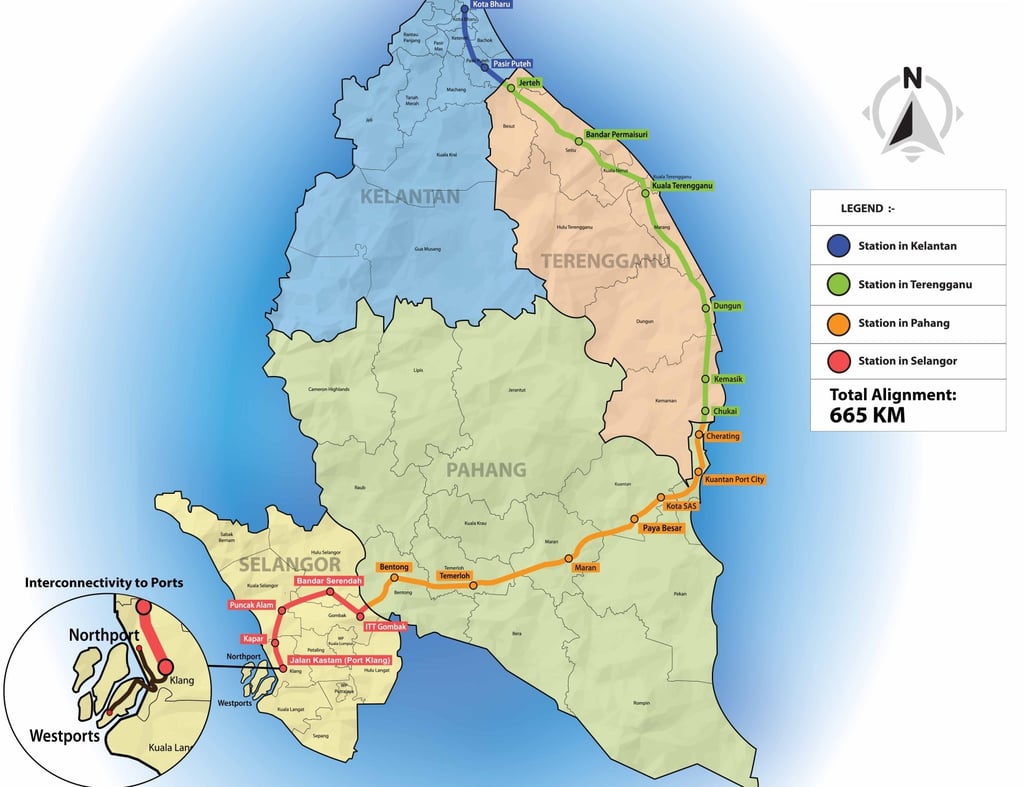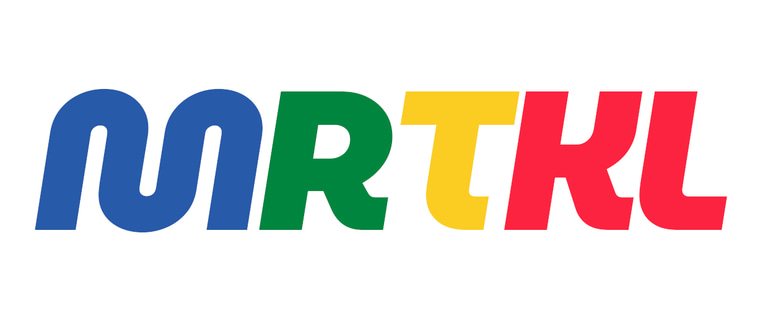ECRL Route Map
East Coast Rail Line Route and Stations
admin
4/20/20252 min read
East Coast Rail Link (ECRL) Route Overview
The East Coast Rail Link (ECRL) is a 665-kilometer railway network designed to connect Malaysia’s east and west coasts, enhancing regional connectivity across Kelantan, Terengganu, Pahang, and Selangor. Traversing both rural and urban areas, the ECRL route is engineered to facilitate passenger and freight transport while catalyzing economic growth along its alignment.
Route Alignment: East to West
The ECRL begins in Kota Bharu, Kelantan, which is planned as a major transportation hub in the northeast. From there, the alignment proceeds southwest through Pasir Puteh, offering improved access to southern Kelantan.
The route then enters Terengganu, passing through key towns along the state’s coastline. Major stations here include:
Jerteh
Bandar Permaisuri
Kuala Terengganu (the state capital)
Dungun
Kemasik
Chukai
These locations are expected to benefit from better passenger mobility and more efficient freight transportation, especially for Terengganu’s growing tourism and oil & gas sectors.
Continuing south, the rail enters Pahang, moving through:
Cherating
Kuantan Port City
Kota SAS
Paya Besar
Maran
Temerloh
Bentong
In Pahang, the line supports connectivity to industrial areas and agricultural regions. The ECRL traverses the Titiwangsa mountain range through engineered tunnels and viaducts before reaching Bentong, and eventually arriving at the Gombak Integrated Terminal in Selangor. Gombak will be a critical interchange point, connecting with Kuala Lumpur’s public transit systems such as the LRT and MRT. This segment from Kota Bharu to Gombak is known as Phase 1 of the ECRL and is scheduled for completion in 2026, with operations expected in January 2027.
West Coast Extension: Gombak to Port Klang
Phase 2 of the project continues the line from Gombak to Port Klang, passing through Serendah, Puncak Alam , Kapar and linking to one of Malaysia’s busiest ports—Port Klang. This segment is vital for freight transport, allowing goods from the East Coast to be directly shipped or distributed through the Port Klang logistics hub. Phase 2 is expected to be completed by December 2027, with full operations set for January 2028.
Conclusion
The ECRL route strategically connects underserved areas of the East Coast to major economic hubs in the West, bridging gaps in mobility and logistics. It is set to become a game-changer for Malaysia’s transport landscape, offering a fast, efficient, and sustainable rail option across Peninsular Malaysia.


Explore
contact
© 2025. All rights reserved. Metro Rail Travels Kuala Lumpur.
Terms & Conditions and Disclaimer: This Website is not the official website of MRT Corp or Rapid KL. We serve to highlight the points of interest surrounding the rail transit stations and are not related with these entities. For further details, please click on this link.
Visit our social media pages
